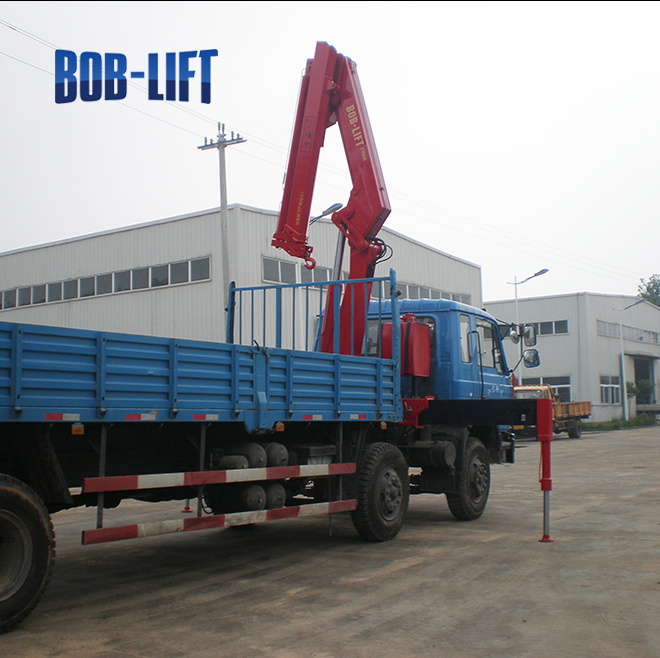There is no universal crane solution. Overhead cranes have a wide range of uses and types, and each type of crane is specifically designed for a specific type of work. Choosing the right bridge crane for your project It is very important to choose the right bridge crane. Read on for more information about bridge crane types and how to choose the best crane for you.

What is the purpose of bridge cranes?
The first step in determining which type of overhead crane you need is to understand the type of elevator you need the crane and its operating environment. Some questions you should ask include:
How big is the facility?
How heavy are the objects lifted by the bridge crane?
How much load must be added per hour, and how many hours of operation must be run per day?
What is the moving range of the crane?
What is the temperature of the facility? Will the temperature change a lot?
Does the crane need to withstand the influence of chemicals, gas, moisture, sunlight, rain, wind, dust or other potentially harmful factors?
Does the crane use explosive or corrosive materials?
Does the elevator require fast, repeatable lifting or slow, accurate crane handling?
Determining these factors will help you determine the bridge crane that best suits your application and environment.
The carrying capacity of the bridge crane.
Cranes have different lifting capacities. Each machine has the maximum lifting capacity, which is the maximum weight that a crane can lift safely. Determining the maximum safe lifting capacity is not always as simple as knowing the weight of the object being lifted.
For example, suppose you need to lift a product weighing 5 tons. Whether a five-ton crane is best for the job depends on many factors. The answer will help you determine whether the maximum lifting capacity of 5 tons is sufficient:
How many times does a crane lift a five-ton object a day?
Is each item weighing 5 tons, or are most of them much lighter?
Does the crane occasionally need to lift objects over 5 tons?
Will future operational changes or expansions require more serious improvements?
To be safe, you may need a lifting capacity slightly higher than the maximum lifting capacity, but there is no reason to do too much. As the lifting capacity increases, bridge cranes tend to become more expensive, so excessive use of the maximum lifting capacity will eventually cost unnecessary funds. On the contrary, reluctantly relying on lifting power and overwork of machinery will lead to expensive maintenance or replacement, which will eventually increase costs in the long run.
You must also consider the speed requirements of the crane and how the weight of the load will affect it. Although the standard speed is sufficient to meet the needs of most applications, you may have unique requirements. In order to maintain your production output, you can rely on fast-moving and easy-to-load cranes. Assembling products may require slow moving speeds and precise crane operations.
Each type of bridge crane has its advantages, and most of them can be customized to meet specific needs. This general failure may be helpful when trying to determine the crane that best suits your needs:
The bridge crane has the largest lifting capacity.
The double-beam bridge crane works at high speed and repeatedly lifts heavy objects.
Bridge gantry cranes provide precise movement.
 truck crane,Truck mounted crane,Marine Crane –
truck crane,Truck mounted crane,Marine Crane –